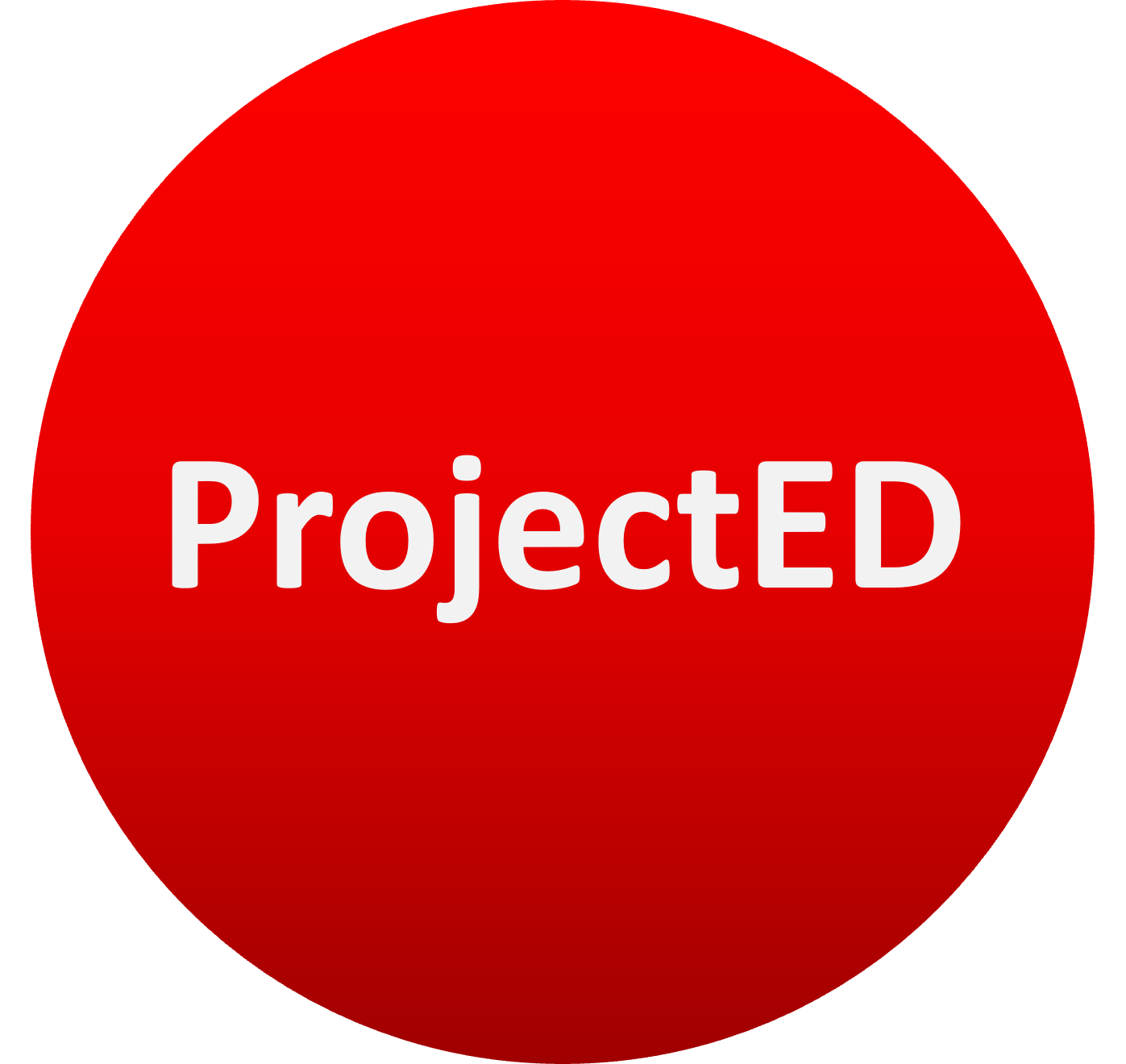The Critical Role of Clear And Accurate Requirements
Project requirements are the foundation of any successful project, defining what needs to be achieved and guiding its execution. They encompass the goals, functionalities, constraints, and quality standards that must be met. Getting requirements right is crucial because they serve as the blueprint for the entire project lifecycle. Clear, accurate, and well-defined requirements help stakeholders understand the project scope, mitigate risks, and ensure alignment with business objectives. When requirements are poorly defined or misunderstood, it can lead to project delays, cost overruns, and ultimately project failure. Therefore, investing time and effort into gathering, analyzing, and documenting requirements is essential for delivering a successful project.
The template below is a good Birdseye view of the anatomy of good requirements gathering, but is not meant to be a gold standard.
Levels Of Stakeholders
Business Level Stakeholders
These are people, groups or organizations that have purely a legal, strategic or financial interest in the solution to be delivered by the project. They do not care how it works or how heavy it is. All they care about are things like compliance, net effect, financial cost of ownership, etc.
User Level Stakeholders
These stakeholders are the ones who utilize the end solutions. For example, they are the pilots who will be flying the new airplane, the users who will be using the new website, etc.
System Level Stakeholders
These stakeholder do not necessarily use the end product, but they interact with it on a technical level. They are the ones who have to transport, upgrade, repair or even maintain it.
Categories Of Requirements
Functional Requirements
These are capabilities that each level of stakeholder would like to see built-in to the solution. It is the answer to the question, “What built-in capabilities should the solution have in order to actively do or provide_____?”
Non-Functional Requirements
There are diverse approaches to defining the Non-Functional Requirements, but you can think of Non-Functional requirements as the effect the solution should have outside itself. When you try to define it, think verbs. It should increase what? It should decrease what? What should it maximize? What should it minimize? What should it speed up? What should it slow down? What should it enable? What should it prevent? There are limitless verbs that could be used to ascertain the Non-Functional Requirements.
Constraints
These are limitations that the stakeholder would like to place on the solution. For example, the Business Level stakeholder might say that the solution should cost less that $1M per year to operate. A User Level stakeholder may say that the user training time must be less that 3 hours. The System Level stakeholder might say that it should run on existing infrastructure and require no new infrastructure to function.
Quality Attributes
Think adjectives. The solution should be cost effective (Business Level stakeholder), Intuitive (User Level stakeholder), or modular (System Level stakeholder)
Challenges In Gathering Requirements
Stakeholders often have trouble articulating their requirements and they often try to introduce new things into the requirements, often without any relevance to the business need being addressed by the project. Miscommunication can occur between you and the stakeholder, and often requirements are vague and incomplete, or there may even be a lack of sufficient stakeholder involvement or resistance to change on the part of some stakeholders. The dynamic nature of the business environment may also initiate changes and additions to existing requirements along with language and cultural differences.
Having a clear method of gathering requirements provides a structured framework that helps mitigate the hurdles associated with requirement gathering. By establishing a defined process, such as conducting stakeholder interviews, workshops, or using requirement elicitation techniques like brainstorming or prototyping, teams can ensure consistent communication and understanding among stakeholders. This method facilitates the identification of clear objectives, reduces ambiguity in requirements, and helps manage scope by establishing a baseline for project deliverables.
“A method to the madness is the sanity of genius.”
Additionally, a clear requirement gathering method promotes stakeholder involvement and buy-in throughout the process, fostering a sense of ownership and commitment to the project's success. Moreover, by documenting requirements systematically and regularly validating them with stakeholders, teams can effectively manage changes and minimize the risk of scope creep. Overall, a structured approach to requirement gathering enhances communication, fosters collaboration, and increases the likelihood of delivering a solution that meets stakeholders' needs and expectations.



